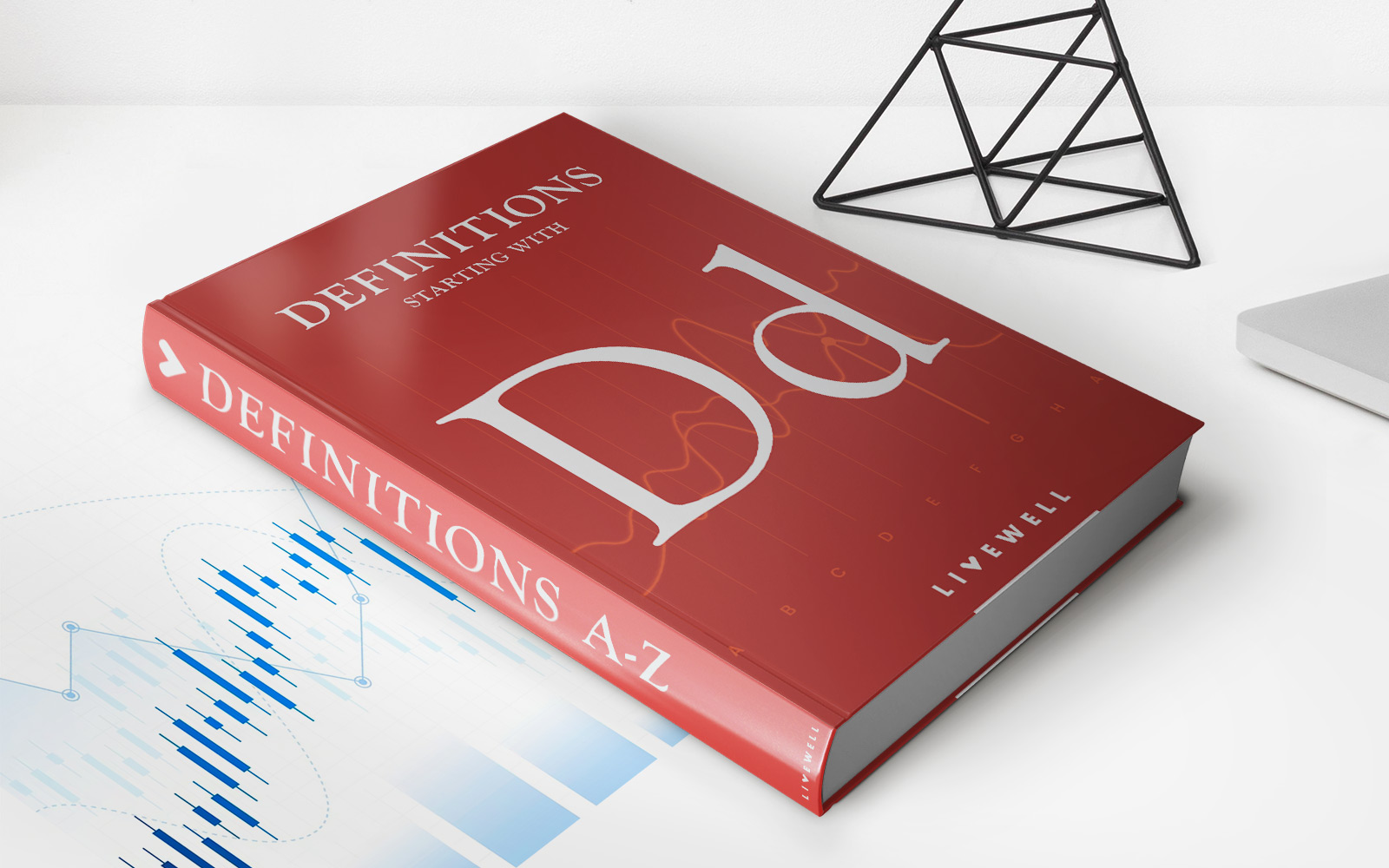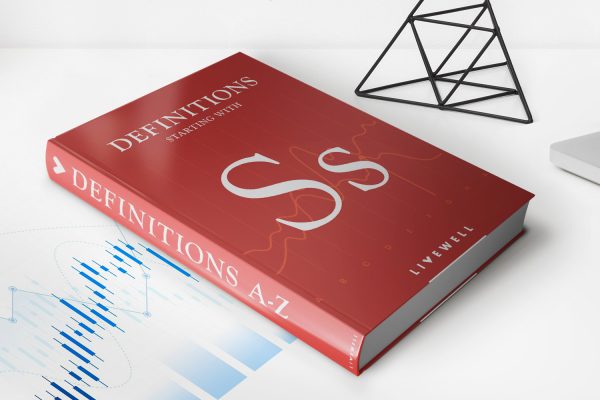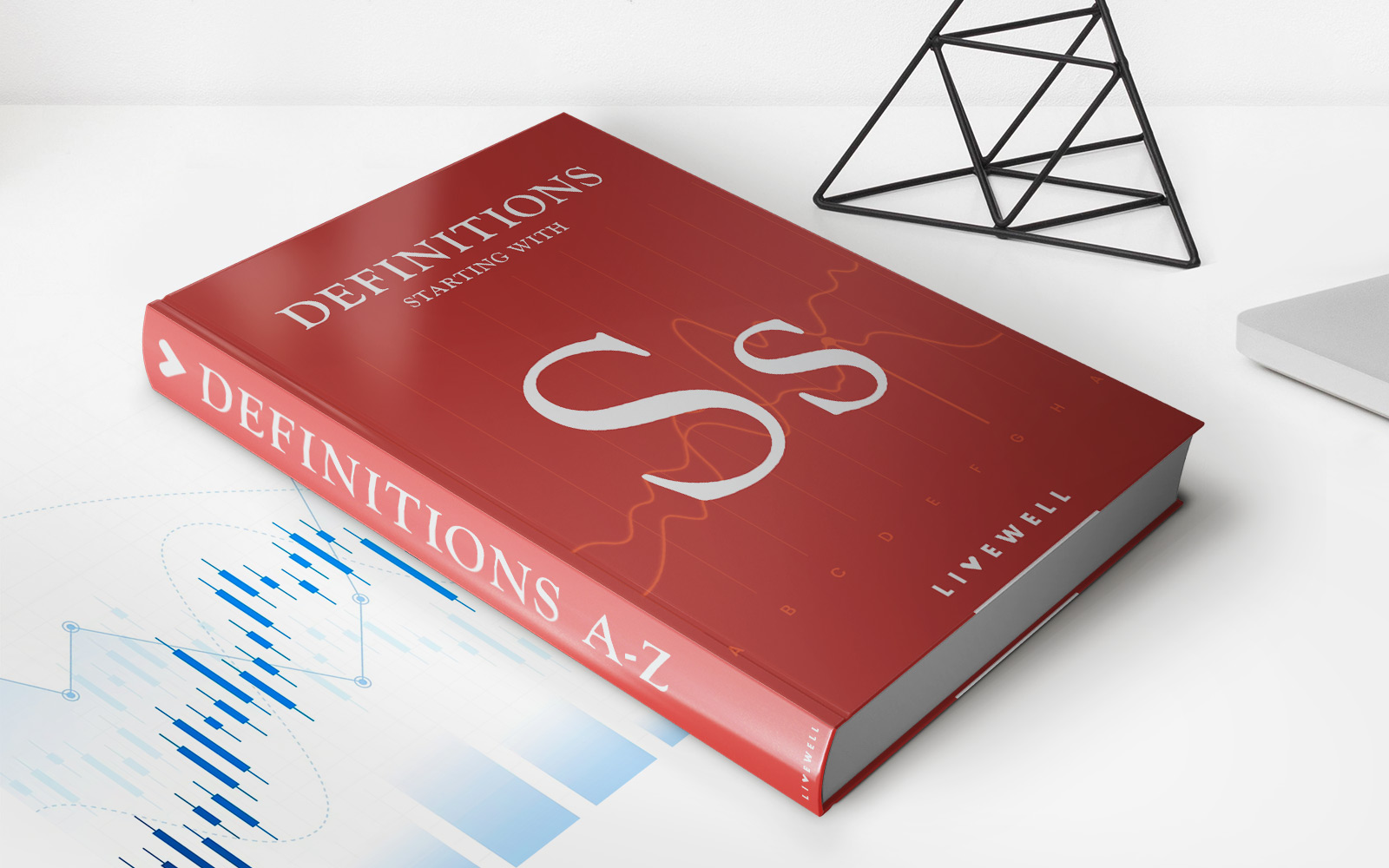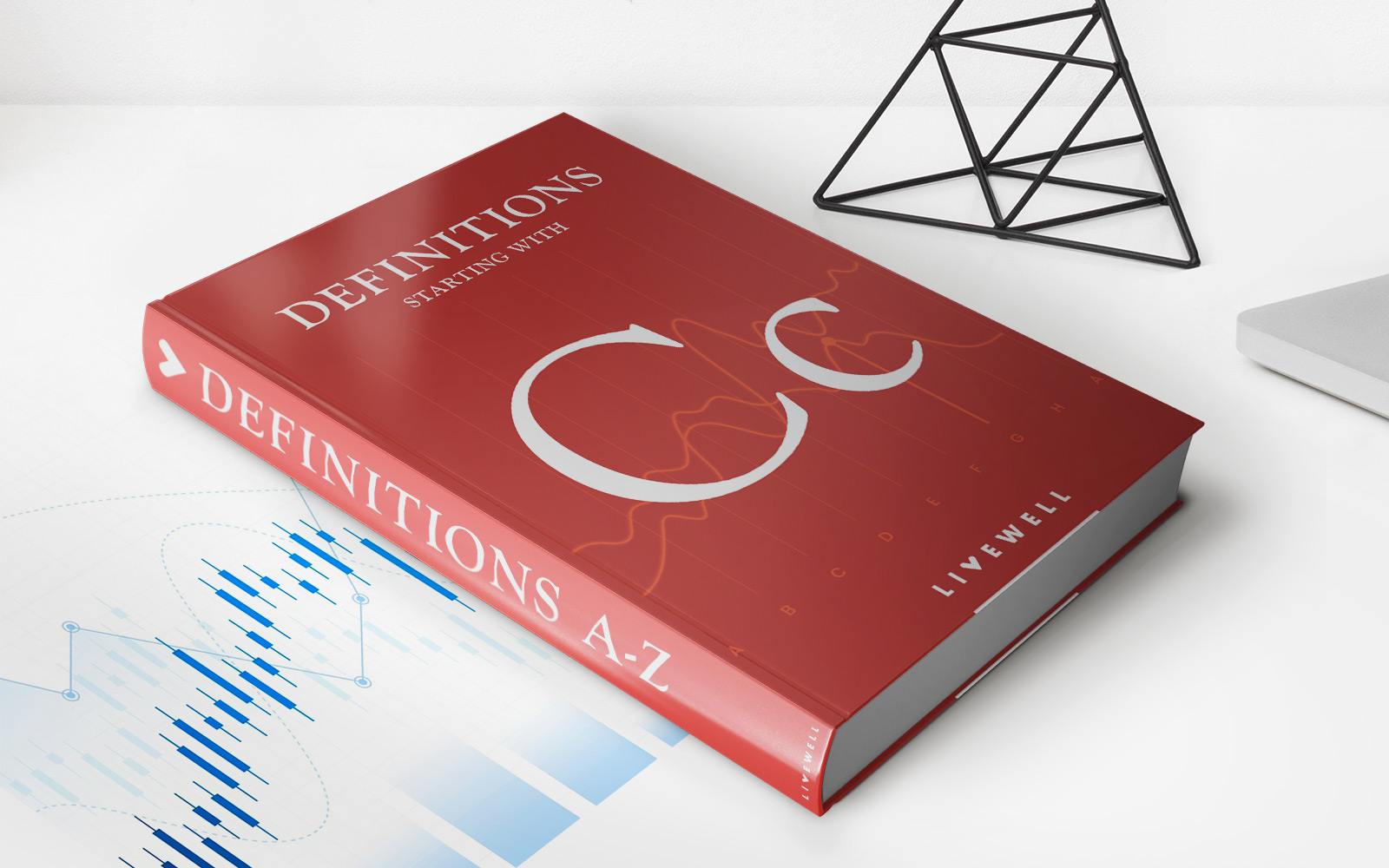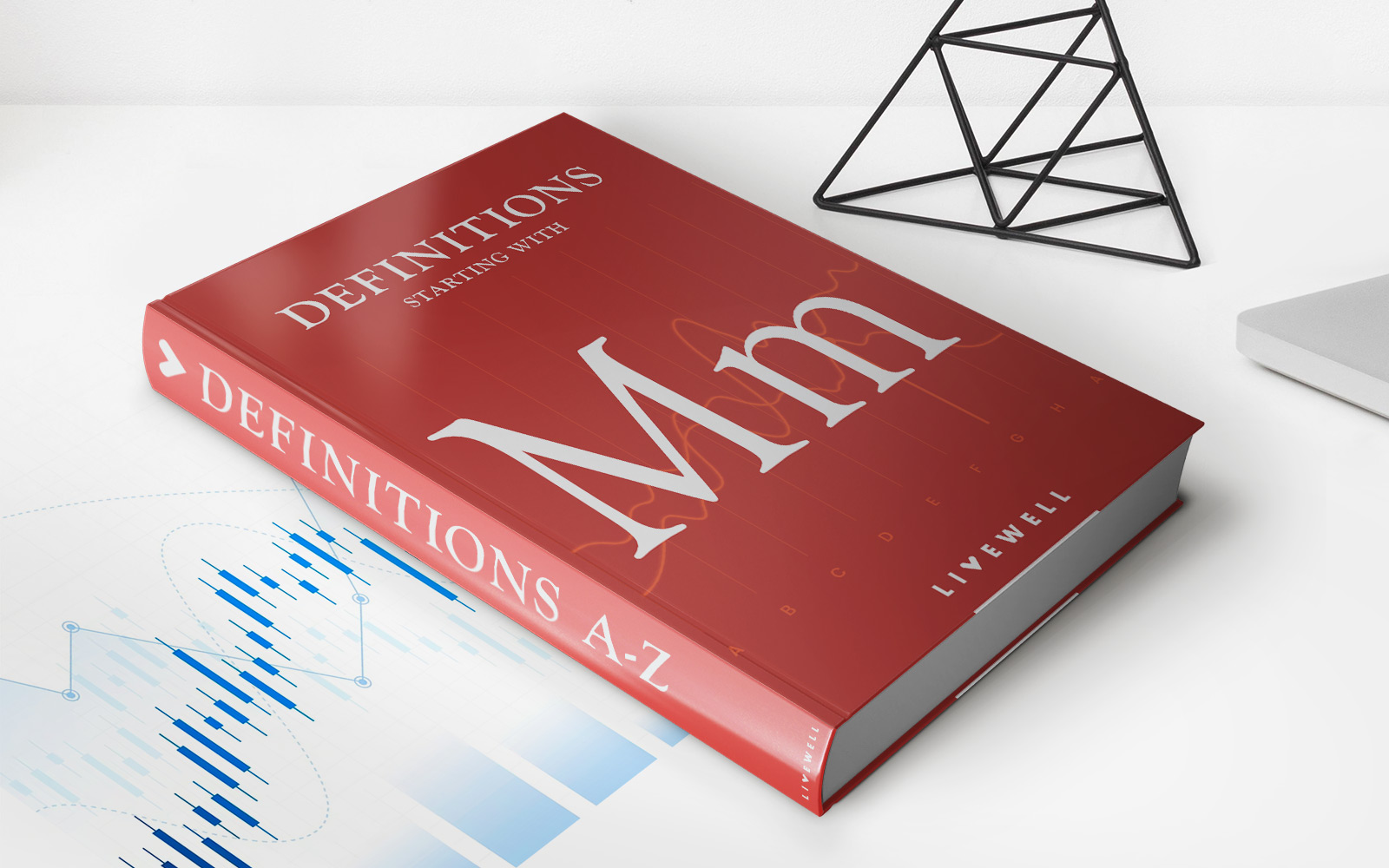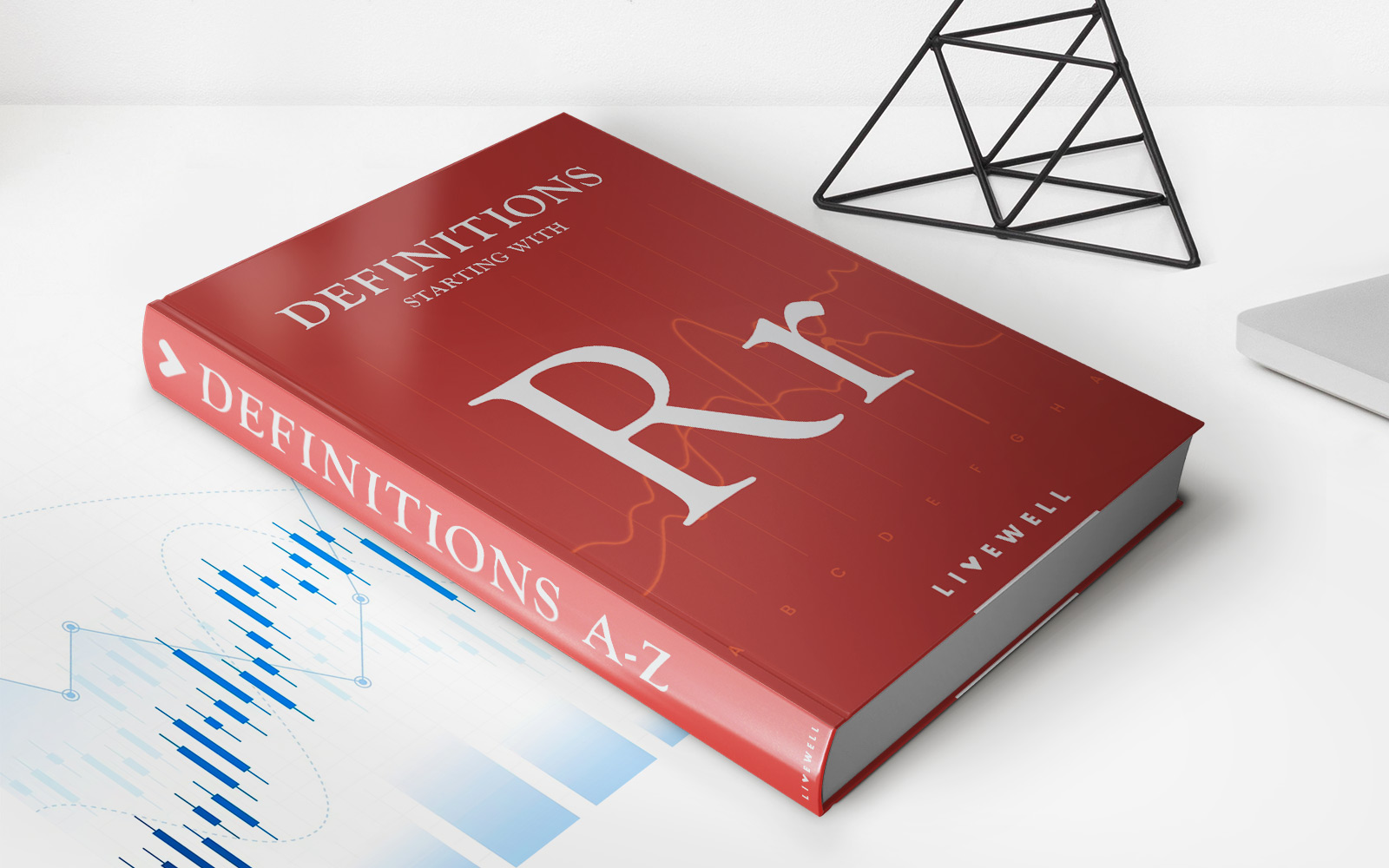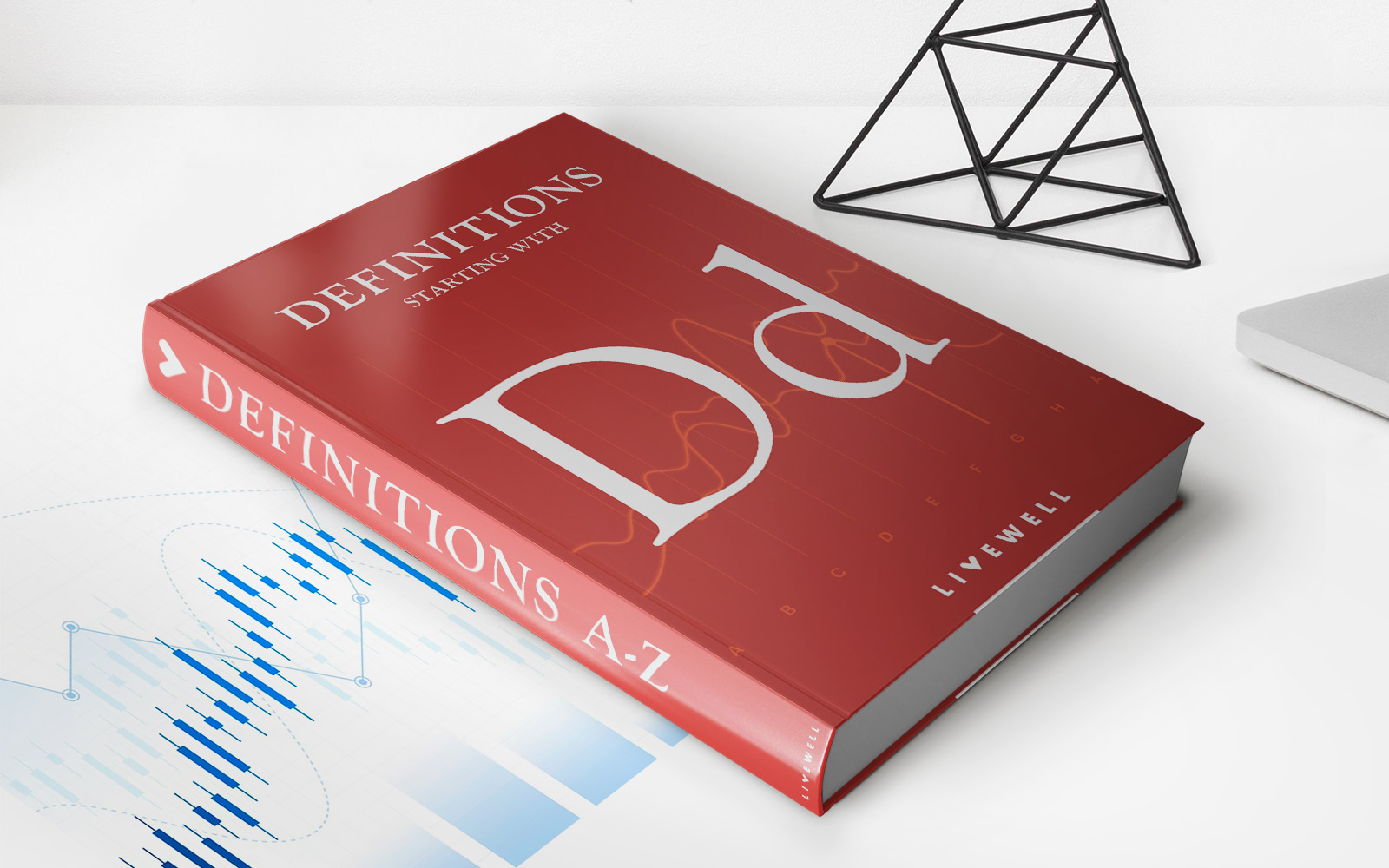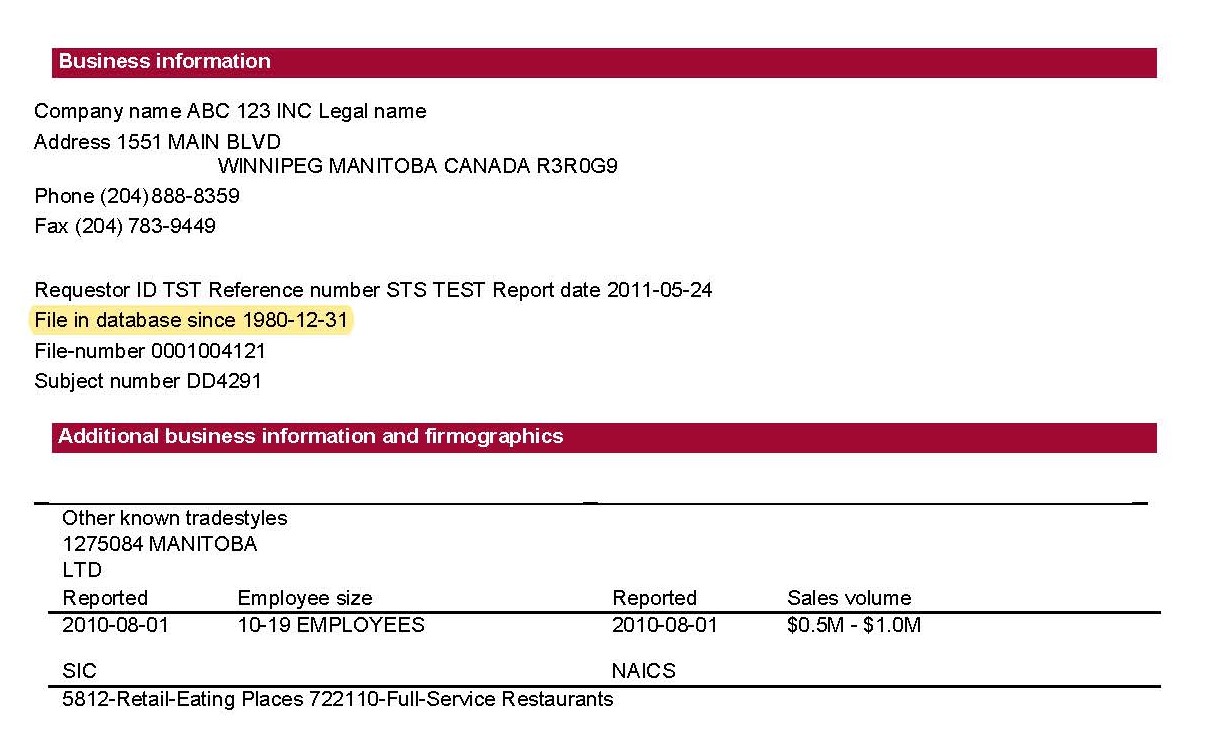Home>Finance>Rationing: Definition, Purposes, Historical Example
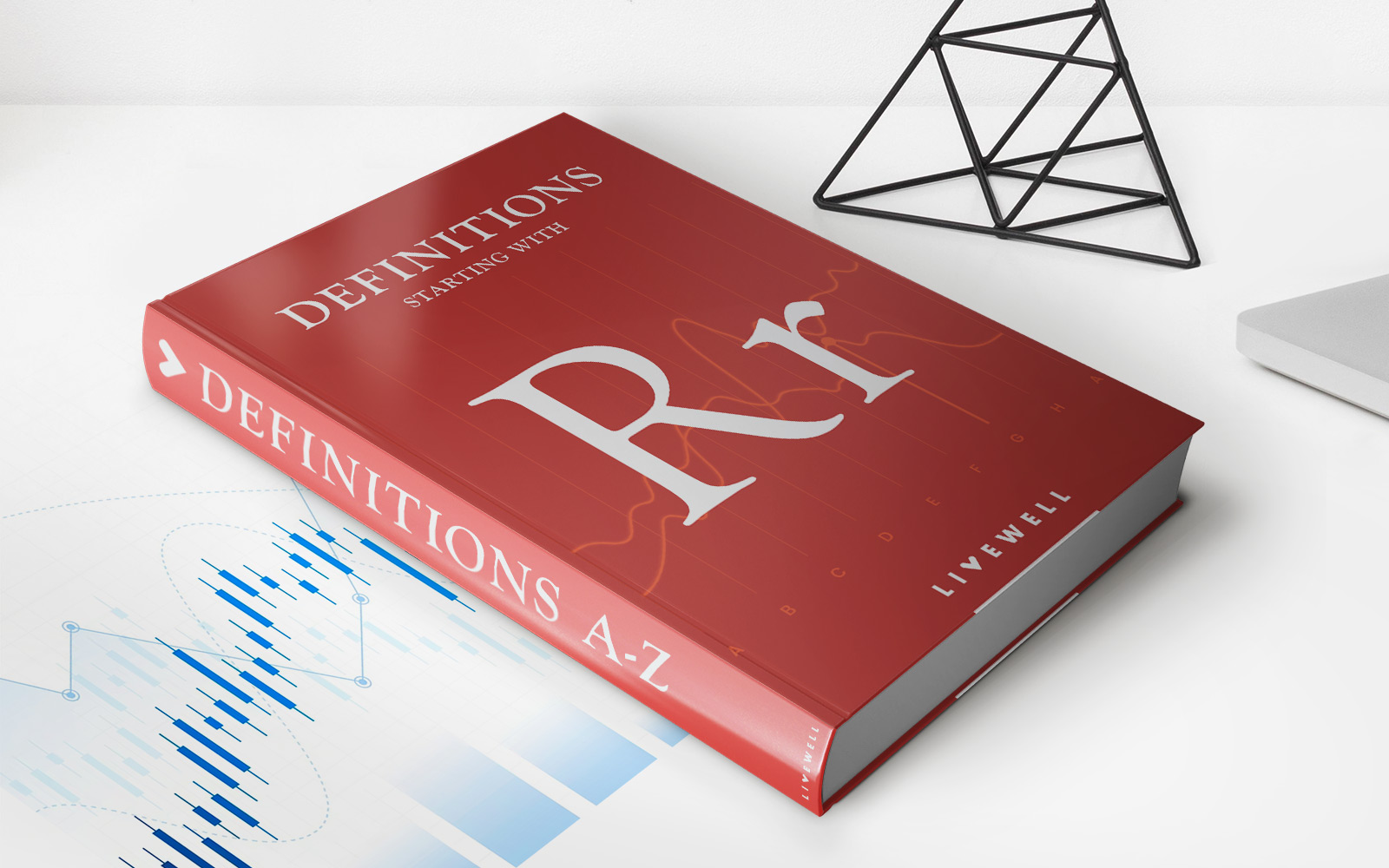

Finance
Rationing: Definition, Purposes, Historical Example
Published: January 16, 2024
Learn about rationing in finance - its definition, purposes, and historical example. Understand how rationing can impact an economy and resource allocation.
(Many of the links in this article redirect to a specific reviewed product. Your purchase of these products through affiliate links helps to generate commission for LiveWell, at no extra cost. Learn more)
The Importance of Rationing: Definition, Purposes, Historical Example
Welcome to our “Finance” category, where we delve into various aspects of financial management. In this blog post, we will be exploring the concept of rationing, its definition, purposes, and even provide a historical example. Rationing is more than just a financial strategy; it’s a method to allocate limited resources efficiently. So, why is rationing important, and how can it benefit your financial endeavors? Let’s dive in and find out!
Key Takeaways:
- Rationing is a method of allocating scarce resources effectively.
- It helps prioritize essential needs and ensures fairness in distribution.
What is Rationing?
In simple terms, rationing refers to the controlled distribution of limited resources among a population or group of individuals. It is a mechanism used to manage scarcity and make sure that everyone has access to necessary goods and services. Rationing can be implemented by governments or organizations during times of crisis, such as wars, natural disasters, or economic downturns.
Purposes of Rationing
Now that we understand what rationing means, let’s explore its purposes:
- Allocation of Scarcity: Rationing helps address the imbalance between demand and supply when resources are limited. By rationing, society can ensure that essential goods, such as food, fuel, or medication, are distributed fairly, preventing hoarding or price gouging.
- Prioritization of Needs: Rationing allows for the prioritization of essential needs. By defining specific quantities of resources for individuals or households, rationing ensures that critical requirements are met, such as food and shelter, before non-essential items are acquired.
- Fair Distribution: Rationing methods aim to distribute resources equitably among individuals or groups, disregarding factors such as wealth or social status. This ensures that everyone has a fair chance of obtaining the necessary goods and services.
- Conservation: Rationing encourages the efficient use of scarce resources, preventing waste and preserving the available supply for an extended period. This is particularly important in times of crisis when resources may be severely limited.
A Historical Example: Rationing during World War II
One of the most well-known historical examples of rationing is its implementation during World War II. Faced with limited resources due to the demands of the war effort, governments in various countries, including the United States and the United Kingdom, implemented rationing schemes to ensure fair distribution and conserve essential goods.
In the United Kingdom, ration books were issued to each citizen, which contained coupons that could be exchanged for specific quantities of goods, such as food, clothing, and fuel. This system ensured that everyone had access to necessities, regardless of economic circumstances.
Similarly, the United States implemented the War Rationing Program, which regulated the distribution of goods like sugar, gasoline, and tires. Through the use of ration coupon books, individuals were able to purchase limited quantities of these resources, preventing shortages and hoarding.
Conclusion
Rationing is a critical concept in managing limited resources effectively. It allows for the fair distribution of essential goods, prioritizes individuals’ needs, and encourages conservation. Understanding the purposes and historical examples of rationing can provide insight into how this strategy can be applied in various situations.
So, whether you find yourself facing scarcity in times of crisis or wanting to optimize the allocation of resources in your personal finances, considering the principles of rationing can help you make informed decisions and maintain a balanced approach.
We hope this blog post has provided valuable information on the concept of rationing, its purposes, and a historical example. Stay tuned for more intriguing topics in our “Finance” category!
